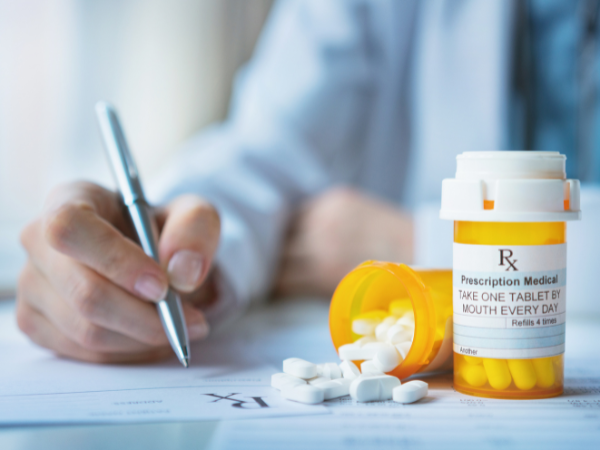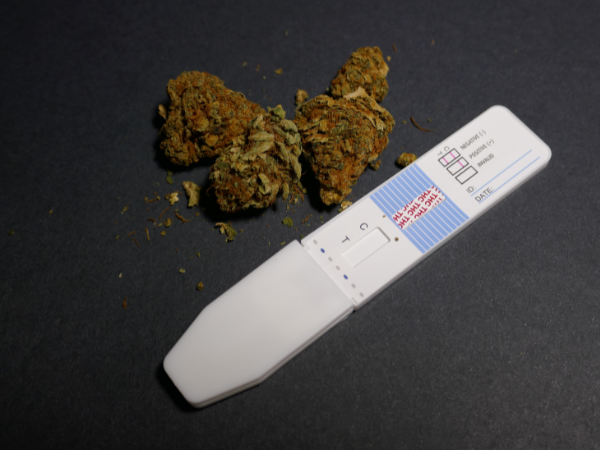With the number of employee alcohol-related accidents at unacceptable levels in the UK, smart companies and organisations are regularly contacting the renowned, professional FREE Advice Service provided by Drug Testing Kits UK (which also specialises in alcohol testing). - These employers are determined to take positive action in order to deter their staff from taking any chances that could result in serious accidents and the loss of the company's/organisation's good reputation; not to mention potentially hundreds of thousands of pounds in legal charges & fines, bankruptcy, and even criminal prosecution
The Low-Down
The main difference between BrAC (breath alcohol content) and BAC (blood alcohol concentration), is the way in which our body's biological actions work when each process takes place. Moreover, "the difference between the two is calculated as roughly 0.5 times. So, if your BAC were 0.6, one might make an educated guess that your BrAC was around 0.3" [1].
On top of this, in addition to these biological differences between BrAC and BAC, : "it is apparent that when tested numerically, the percentage of variation between the two concentrations is minuscule" [1]. However, it is thought that blood alcohol content is less affected by external factors, and generally speaking, it has proven to provide a more reliable and consistent accuracy during alcohol testing (both in and outside the workplace).
So What is Drug Testing Kits UK's Top Seller?
One highly efficient, practical option for employers, is Drug Testing Kits UK's '7 Panel Oral Fluid (Saliva) Multi-Drug & Alcohol Test. - It is mega popular with countless companies and organisations across the UK and Southern Ireland, simply because "alcohol can test positive in a saliva test for up to 24 hours after consumption" [2].
Keeping the entire alcohol testing process super simple : the analysis for saliva alcohol testing kits is carried out using a chemical assay test strip. Once the mouth swab is administered, the chemical assay test strip is then saturated with the employee's saliva sample. If the colour of the test strip changes, it shows that alcohol is present in the sample. Furthermore, Drug Testing Kits UK's high demand economic Multi Drug & Alcohol Test Kit simultaneously tests for alcohol and a range of commonly used drugs. Moreover, it can easily be administered by an appointed member of staff. - There is no need to spend money hiring a medic!
Did You Know?
"The legal alcohol limit in England, Wales & Northern Ireland for driving is: 80 milligrams of alcohol per 100 millilitres of blood or 35 micrograms of alcohol per 100 millilitres of breath; & that the alcohol limit for drivers in Scotland has been stricter than the rest of the UK since 2014. In Scotland the drink driving alcohol limit for drivers is 50 milligrammes of alcohol per 100 millilitres of blood (the 'blood limit') 22 micrograms of alcohol per 100 millilitres of breath (the 'breath limit'); & the current drink-driving limit in Southern Ireland is a BAC of 50mg. This means 50 milligrams of alcohol per 100 millilitres of blood. Most people will have a BAC of 20 to 50mg after 1 standard drink" [3, 4, 5]
A Deep Dive into Blood Alcohol VS Breath Alcohol
As our Drug Testing Kits UK's Health Science Advisor, explains: in order to fully understand these two processes, it is important to examine some basic biology. This includes: how alcohol enters our bloodstream in the first instance; why alcohol affects our brain, our balance, and our speech; and how alcohol ultimately materialises in our breath, our sweat, and our urine. So first off, let's look at the 5 steps of the process via which alcohol enters the bloodstream.
-
Step 1 Consumption: once consumed via the mouth, alcohol moves down the throat, through the oesophagus, and into the stomach
-
Step 2 Entering the Stomach: throughout the digestive process, a percentage of alcohol will be absorbed through the cell membranes in the stomach; after which, the alcohol directly enters the bloodstream
-
Step 3 Gastrointestinal Tract: when people drink on an empty stomach, the alcohol drops straight into the small intestine (which comprises part of the gastrointestinal tract); the latter of which is lined with thousands of capillaries
-
Step 4 Epithelial Cells: the epithelial cells cover the capillaries (which are small hair-like matter). The epithelial cells' large surface area enables the capillaries to expeditiously absorb any remaining alcohol into the bloodstream
-
Step 5. Diffusion: the remaining percentage of alcohol is absorbed by a procedure referred to as diffusion. This involves transferring ethanol through the small intestine's cell membranes and into the blood. This procedure is commonly referred to as a passive process. - This is because it occurs automatically, and does not require an exchange of energy. Moreover, it explains why drinking on an empty stomach speeds up alcohol's impact on the body. It also underlines why eating whilst drunk, can lower an individual's blood alcohol concentration; and hence why food is used as a strategy to help people get sober quicker
Travelling From the Bloodstream to the Lungs
-
Once it reaches the bloodstream, alcohol moves through the circulatory system
-
Once the ethanol (alcohol), enters the heart, it is pumped out across the body via the circulatory system, which transports alcohol from the brain into the lungs and liver. (Note: ethanol is carried by the venous circulation to the right side of the heart. It enters the right atrium, and then moves into the right ventricle (which serves as a pump)
-
Lungs: when ethanol reaches the lungs, it undergoes a secondary diffusion process: through the alveolar air sacs' cell membranes
-
Alveolar Air Sacs: once in the alveolar air sacs, the ethanol is converted into gas, and released out in the breath
-
Liver: this is the vital organ which metabolises the remaining ethanol in the body
-
Oxidation: occurs in order to detoxify and expel the alcohol from the blood. During this process, some small alcohol components will leave the nose or mouth unchanged, and it is these particles which are detectable via exhalation into an accurate premium quality, approved breathalyser such as Drug Testing Kits UK's Intoximeter Alco-Sensor FST' Hand Held breathalyser
-
Escapists: regardless of an employee's strong metabolism, there will always be a tiny amount of alcohol which evades the oxidation process. This will however, eventually leave the body, through sweat or urine [1]

References
[1]. Lowcostinterlock (2023). "Blood Alcohol Concentration (BAC) Limits."
[2]. PCP Rehab Today (2023). "How Long Alcohol Stays in Your System: Breath, Blood, Urine & Saliva."
https://www.rehabtoday.com/how-long-alcohol-stays-in-your-system/
[3]. Metropolitan Police (2023). "Driving under the influence of alcohol or drugs."
[4]. DrinkAware (2021). "Drink driving and the legal alcohol limit."
[45. HSE Ireland (2022). "How alcohol affects your ability to drive."



 03333 704 704
03333 704 704




